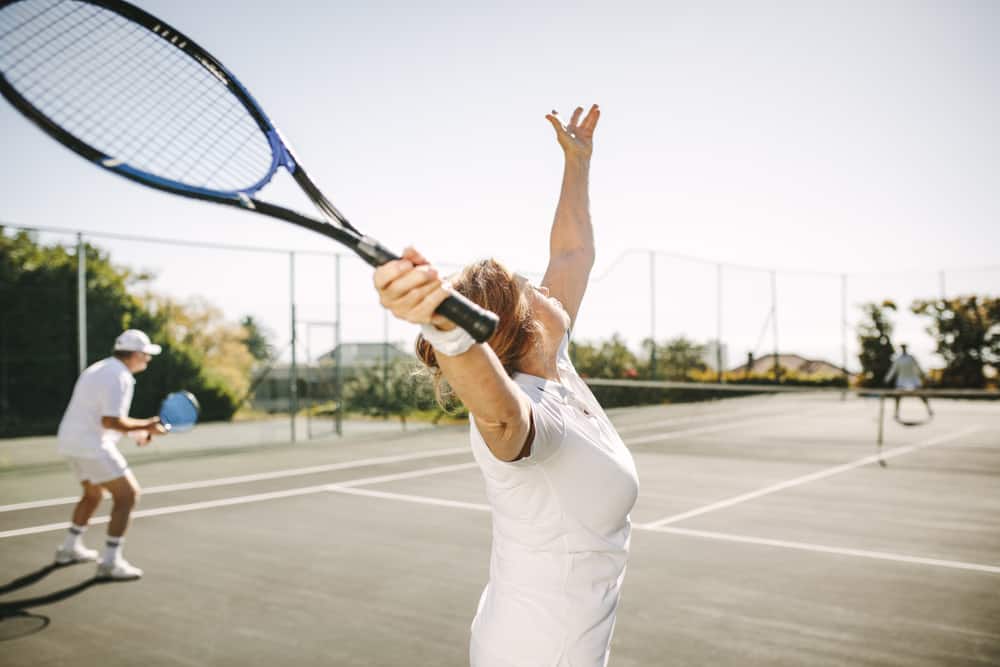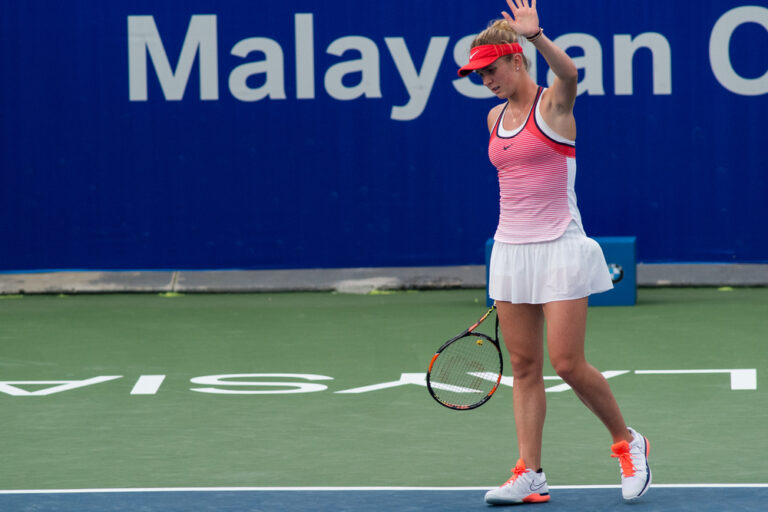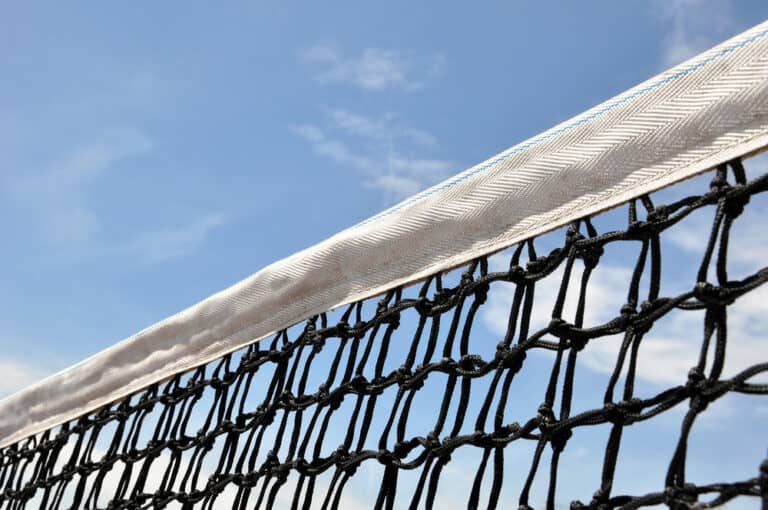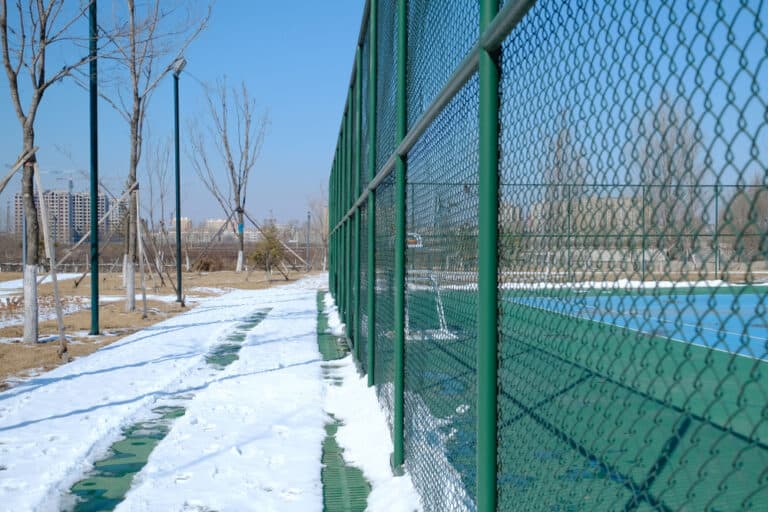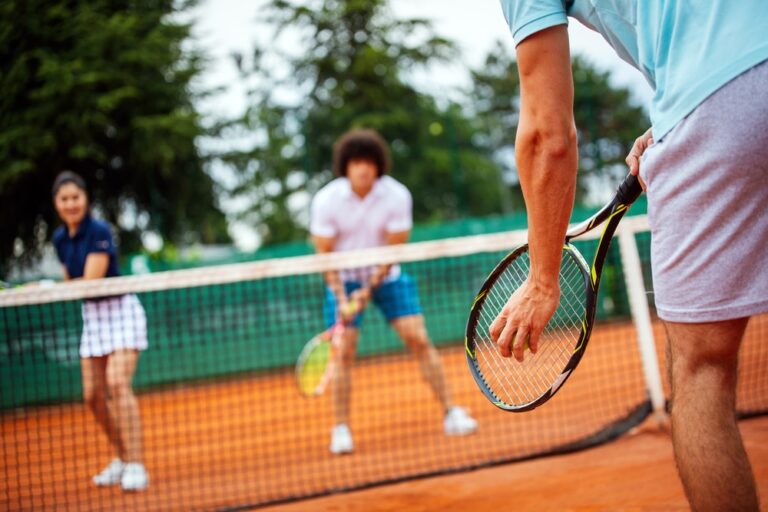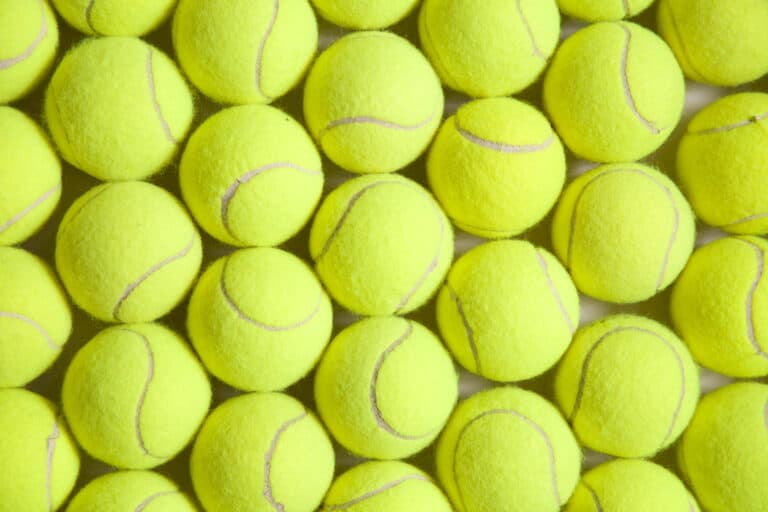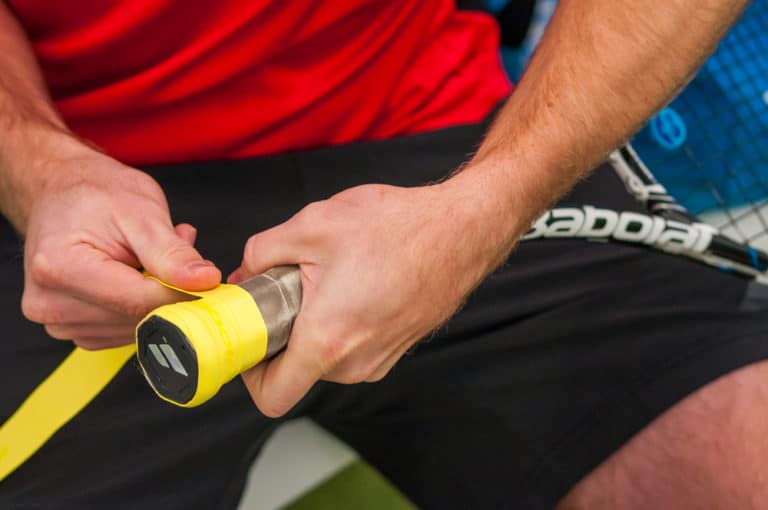Do You Have To Serve Diagonally In Tennis Doubles?
When it comes to tennis, both doubles and singles, the initiation of the game begins with the service, and it is likely one of the most important and potentially challenging shots to master. If you have watched top players engaging in doubles matches, you will note their impeccable timing, agility, strength, and elegance. However, something else catches our attention, and we ask if they have to serve diagonally?
The player serving in tennis doubles must serve the ball diagonally, across the court, and into the service box on the other side. They must be positioned between the doubles sideline and the center mark. They must execute the service from a stationary position behind the baseline.
The best players in the world will rake up thousands of points throughout their careers, and their power and accuracy are astonishing and something that many strive toward. Watching them is incredibly inspiring, and if you are an avid player and particularly enjoy tennis doubles, this is the post for you. We shall cover the rules regarding the service as well as other nuggets.
Are Players Required To Serve Diagonally In Tennis Doubles?
When one starts out on their tennis journey, especially if they are a complete beginner in racquet or paddle sports, one of the most challenging shots to get the hang of and master is the serve.
However, before thinking about applying your energy to developing the proper technique, you need to know what rules are involved regarding all the varying aspects of the game. Thankfully, suppose you have played singles before. In that case, doubles will not be too confusing, as the rules for serving are highly similar.
One thing you will undoubtedly note is the width of the doubles court and that the service boxes actually stay the same as those for singles. Before we get to the actual service itself, the teams must first toss (either a coin or spinning a racquet), and whoever wins then gets to start making the first decisions.
The toss winners will have two options; either they can choose which team will serve first, or alternatively, they can opt for which side of the net the opposing teams will take. Whichever choice they do not make will be left up to the losers of the toss to decide. So you and your partner may win and choose to serve first, but then the other team decides upon the serving and receiving sides.
In doubles, as there are two players per team, each side gets to choose which players will serve first. Typically, you will find that teams usually opt to have the stronger server deliver the ball first. This individual’s partner will then serve once it is that team’s turn to serve once again. They will then continue to rotate this order until the set ends.
The server is afforded two chances to hit a good service; if they miss the ball, this is termed a “fault”. The server is also permitted to halt the service, catch the ball, and restart. Additionally, they are, in fact, allowed to serve underhand, but the ball may not bounce before being hit. The server is required to wait for the receiver to ready themselves, and they have to serve diagonally in doubles.
Serving Position And Order In Tennis Doubles
Differentiating further between singles and doubles service is that, in doubles, the players may serve from behind the tramlines because this section is now considered part of the court. The rules for switching servers are the same as in a singles game. The difference is that the partners must alternate serving upon a team’s turn to serve.
When playing doubles, as the server will need to serve diagonally, the teams will set up their order of serving and receiving. This is done at the start of each set, and they are permitted to alternate their order of receiving and serving side (on their side of the court) before the set begins.
If there is a case where there is a mix-up, especially when it comes to serving order, play will come to a stop, and the error ought to be corrected as soon as it is noted. However, regardless of the mistake, any points that have been completed are not replayed.
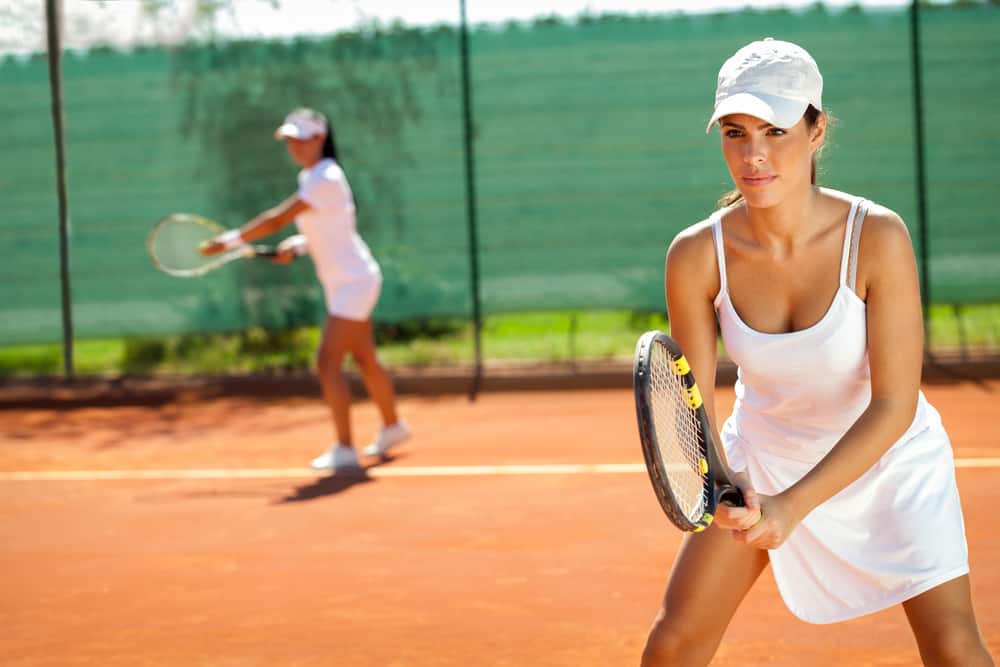
Rules For The Receiving Tennis Doubles Team
In tennis doubles, the ball must be permitted to bounce first after it is served before the receiver may make contact with it. Additionally, a vital point in doubles is that the receiver’s partner, regardless of whether they are able to or not, is not permitted to touch the served ball.
Regarding the net and the tennis ball coming into contact, “the net” is defined as the physical net, the center strap, and the metal cable between. The net posts and singles sticks are not included in the definition. If the tennis ball touches the net upon service and still lands in, it is replayed due to the net interfering. For any other shot, this does not apply, and the game continues.
Cases Where The Doubles Tennis Players Will Lose The Point
There are many reasons why points will be awarded to teams in tennis. However, we have put together a brief list of instances where you will lose the point during a tennis game. These apply to both singles and doubles, and some you probably already know, but some might surprise you.
- Failing to return a good shot before the ball bounces for a second time will result in losing the point.
- Your shot must touch the ground on your opponents’ side of the court (within the demarcated lines) before it goes off the court. You will lose the point if your shot lands outside the lines or hits a permanent fixture such as the umpire chairs.
- Your shot must land in, on, or touch any part of the line on your opponents’ side; otherwise, you will lose the point. If there is no umpire, the call will be made by your opponents.
- Hitting the ball more than once will result in losing the point (however, accidental double hits, which may occur due to your racquet wobbling, do not count).
- You are not permitted to hit the ball before it crosses over the net from your opponents’ side of the court. And you will also lose a point if you do not actively cause the ball to return over the net (for example, if a strong gust of wind pushes it back over).
Conclusion
Serving, in tennis, has to be considered the most crucial shot for each player, and this is because it is the only part of the game where they have complete control. Serving is important in singles, but in doubles, it might be more so, as you are limited in how and where you serve. It also makes it far more predictable for your opponent, so serve diagonally but learn how to upskill.

